Why does the femoral head lose its blood supply?
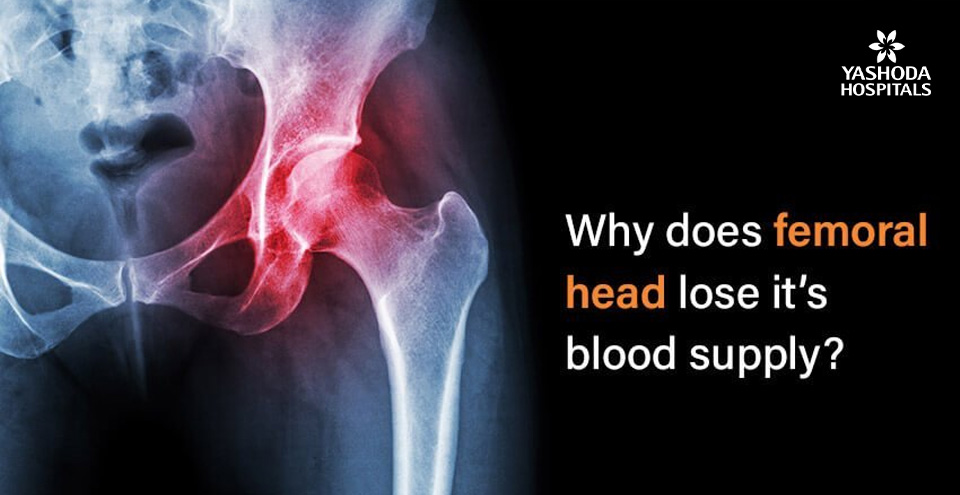
At a Glance:
What is avascular necrosis or osteonecrosis?
What are the symptoms of avascular necrosis?
What are the causes of avascular necrosis?
What are the risk factors for developing avascular necrosis?
What are the investigations needed for diagnosis?
What are the stages of avascular necrosis?
What are the treatment options for avascular necrosis?
What are the risk factors for developing avascular necrosis?
What is avascular necrosis or osteonecrosis?
A lack of blood supply to the tissue within the bone leads to its death, a condition called as avascular necrosis or osteonecrosis. It can sometimes lead to tiny breaks within the structure of the bone which is responsible for its eventual collapse. The hip is the most commonly affected area with osteonecrosis. Other than the hip, commonly affected areas are the knee, shoulder, hand and foot.
What are the symptoms of avascular necrosis?
The early stages of avascular necrosis may not be associated with any symptoms. However, the affected joint may begin to hurt as the condition progresses and the person puts weight on the affected area. The primary symptom of avascular necrosis is pain which develops gradually and can be mild or severe in nature. Sometimes pain may persist even on lying down. The pain is located at the centre of the groin or radiates to the area of the thigh or buttock. In certain persons, (4 to 5 out of 10) avascular necrosis may be bilateral, i.e., it develops on both hip joints.
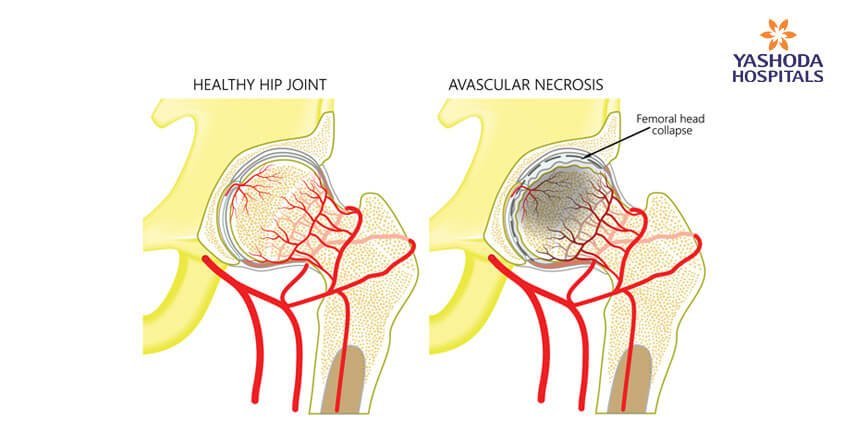
What are the causes of avascular necrosis?
Even though anyone can be affected, osteonecrosis usually affects people between the ages of 25 and 50. The primary cause of avascular necrosis is an interruption of blood supply within the bone which can be caused by:
- Trauma or injury to a joint or bone: A traumatic injury like an accident or a condition like a dislocated joint can obliterate the adjacent blood vessels.
- Obstruction in blood vessels due to fatty deposits: The small-sized blood vessels within the bone can get blocked due to the fat deposits (lipids) which can obstruct the blood supply to the bones.
- Certain medical conditions: Blood flow to the bone can also become diminished in certain conditions like Gaucher’s disease and sickle cell anaemia. In certain cases, radiation therapy for the treatment of cancers may also lead to damage to the blood vessels and weakening of the bones.
- Unknown causes: In about one-fourth of cases diagnosed with avascular necrosis, the cause of interrupted blood flow may remain uncertain.
What are the risk factors for developing avascular necrosis?
There are many factors that increase the likelihood of avascular necrosis like:
- Injuries or Trauma that reduce blood flow to bones due to obliteration of feeding blood vessels.
- Use of medications like steroid use: High-dose corticosteroids used for the management of certain medical conditions like SLE, rheumatological conditions, ALL, multiple sclerosis etc. can lead to avascular necrosis probably by increasing the levels of lipid within the blood, thereby reducing blood flow.
- Alcohol excess: Excessive consumption of alcoholic drinks for a prolonged duration of time can also cause fatty deposits to form in the blood vessels thereby increasing the tendency for obliteration.
- Use of medications like bisphosphonates: Prolonged use of medications like bisphosphonates that help in increasing the density of bones in osteoporosis, multiple myeloma and metastatic breast cancer etc may also contribute to developing osteonecrosis of the jaw as a rare complication.
- Certain medical procedures: Cancer therapy with radiations and organ transplantation like kidney transplant are also known to be associated with avascular necrosis.
Some of the medical conditions that increase an individual’s susceptibility to avascular necrosis include:
- Diabetes
- HIV/AIDS
- Pancreatitis
- Sickle cell anaemia
- Systemic lupus erythematosus
- Gaucher’s disease
What are the investigations needed for diagnosis of avascular necrosis?
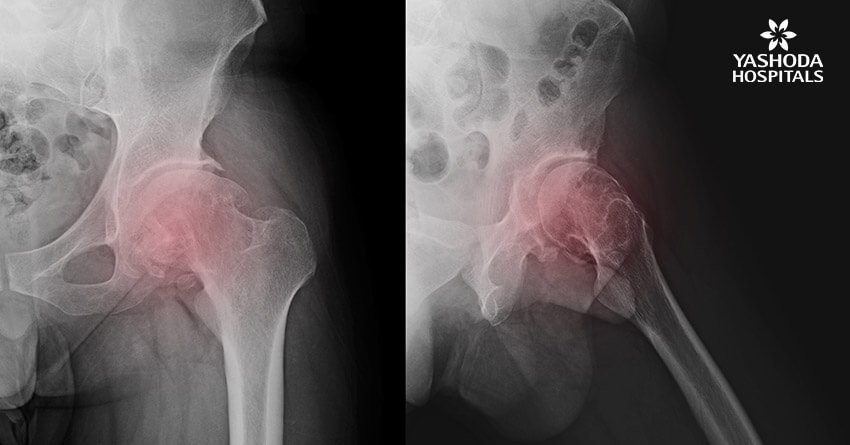
The diagnosis of avascular necrosis is done by an orthopaedic surgeon on the basis of medical history, physical examination and tests. Tenderness and movements may be assessed by pressing around the joints and moving them during a physical examination.
Imaging tests: Advised to determine the source of pain
X-rays: Determine the bone changes in the later stages of avascular necrosis.
MRI: Assess the presence of early changes in bone indicative of avascular necrosis.
What are the stages of avascular necrosis?
There are usually four stages of avascular necrosis.
- Stage I: Progress from a normal, healthy hip to Pain observed in the groin area
- Stage II: Pain and stiffness
- Stage III: Pain radiates to the surrounding areas like knee
- Stage IV: Pain and limp on the affected side
FICAT classification of avascular necrosis
(Federative Committee on Anatomical Terminology)
| Procedure | Cost | |
|---|---|---|
| Total Knee replacement Cost in Hyderabad,India. | Unilateral | 150000 – 253500 |
| Bilateral | 340000 – 400000 | |
| Partial Knee replacement Cost in Hyderabad,India. | Unilateral | 150000 – 202800 |
| Bilateral | 272000 – 350600 |
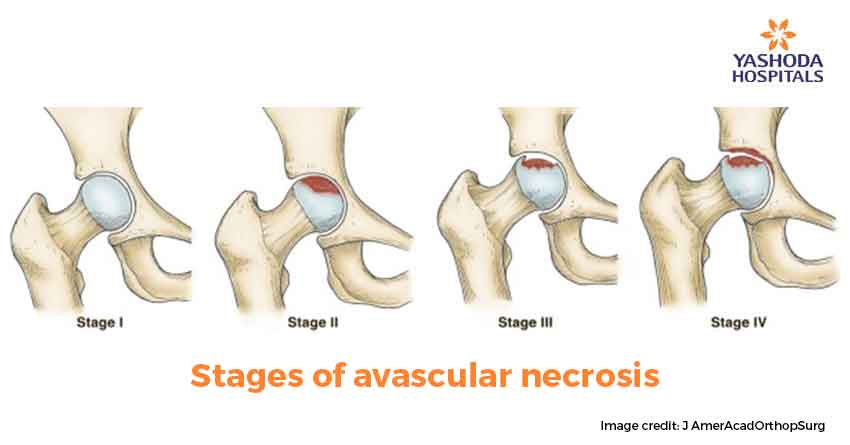
What are the treatment options for avascular necrosis?
The goal of treatment in avascular necrosis is to manage the symptoms and prevent further bone loss. Sometimes, the condition may be self-limiting and can be managed conservatively. The treatment is a combination of conservative and surgical management when required.
- Medications like pain killers and osteoporosis medication
- Weight-bearing off the joint with crutches for avascular necrosis of the femoral head
- Physiotherapy and hip exercises
- Lifestyle modifications to prevent excessive alcohol consumption or treatment of alcohol dependence
Surgical approaches: Since the symptoms of osteonecrosis develop mostly when the condition has progressed far, the orthopaedic surgeon might recommend surgery. The surgical options include:
- Core decompression
- Total hip replacement
- Osteotomy or Bone reshaping
Regenerative medicine treatment: This is the latest advancement in the management of avascular necrosis in the early stages. The stem cells from the bone marrow of the affected individual are harvested and inserted in place of the dead bone allowing for potential growth of new bone. However, the results of this procedure still need more study.
What complications can happen in untreated avascular necrosis?
Avascular necrosis is progressive in nature. If left untreated, it deteriorates with time and eventually, the bone may collapse. Progressive avascular necrosis also leads to loss of the smooth surfaces thereby causing severe arthritis.
Which is the best orthopaedic hospital in Hyderabad for avascular necrosis?
Treatment for avascular necrosis should be preferably done at a tertiary care hospital setup or a specialty orthopaedic hospital that have all the facilities as well as resources to perform these surgeries.
Yashoda Center for Orthopaedics is led by a team of qualified orthopaedic surgeons trained in advanced orthopaedic surgeries with sufficient experience to carry out these procedures with a multi-disciplinary team of doctors, anaesthetists and physiotherapists for preoperative, operative and postoperative care as well as for rehabilitation.
The center also possesses modern facilities like a state of the art operation theatre, necessary arthroscopy instruments, diagnostic facilities like MRI, CT, X-Ray, DEXA scans, etc. and an excellent physiotherapy unit for rehabilitation.
Read more about Avascular Necrosis symptoms, causes and treatment
If you find any of the above mentioned symptoms of Avascular Necrosis then
Book an Appointment with the best orthopedician in hyderabad
References:
- Mayo Clinic. Avascular Necrosis. Available at: https://www.mayoclinic.org/diseases-conditions/avascular-necrosis/symptoms-causes/syc-20369859. Accessed on March 11, 2019
- American Academy of Orthopedic Surgeons. Osteonecrosis of the Hip. Available at.https://orthoinfo.aaos.org/en/diseases–conditions/osteonecrosis-of-the-hip/.Accessed on March 11, 2019
- Hospital For Special Surgery. Avascular Necrosis (AVN Osteonecrosis). Available at.https://www.hss.edu/condition-list_avascular-necrosis.asp.Accessed on March 11, 2019
- US National Library of Medicine National Institutes of Health. Available at. Hip Resurfacing Arthroplasty in Treatment of Avascular Necrosis of the Femoral Head. https://www.ncbi.nlm.nih.gov/pmc/articles/PMC4315641/. Accessed on March 11, 2019
- Available at.https://orthoinfo.aaos.org/en/diseases–conditions/osteonecrosis-of-the-hip/.Accessed on March 11, 2019
- Yashoda Hospital. Orthopedic Treatments and Procedures. Available at. https://www.yashodahospitals.com/specialities/orthopedics/treatments-and-procedures/.Accessed on March 11, 2019
About Author –
Dr. Praveen Mereddy, Consultant joint Replacement & Trauma Surgeon, Yashoda Hospitals – Hyderabad
MS (Ortho), DNB (Ortho), MRCS (Ed), M.Ch (Ortho), FRCS (Ortho)
Complex Primary Hip and Knee Replacement Surgery, Partial Knee Replacement Surgery, Treatment of Painful/Unstable/Failed (Loosening/infection) Primary Joint Replacements, Complex, complicated fractures and Pelvi-acetabular trauma




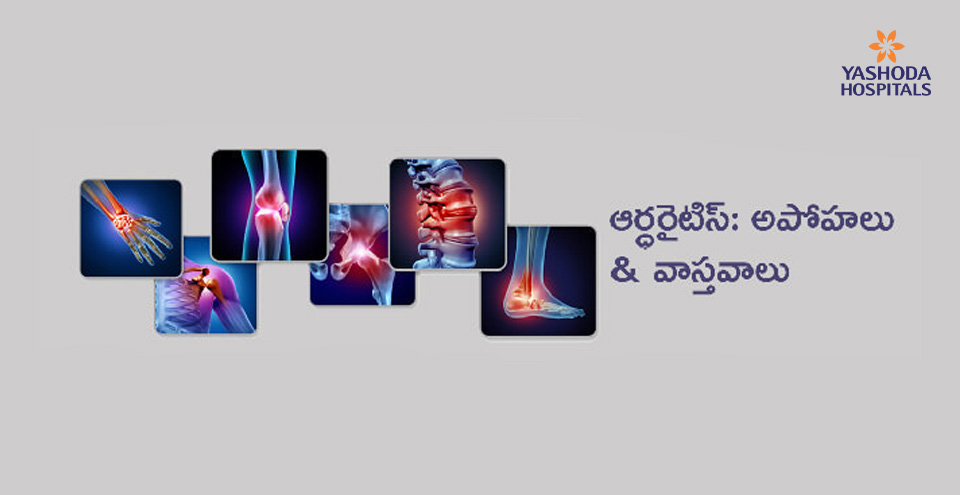
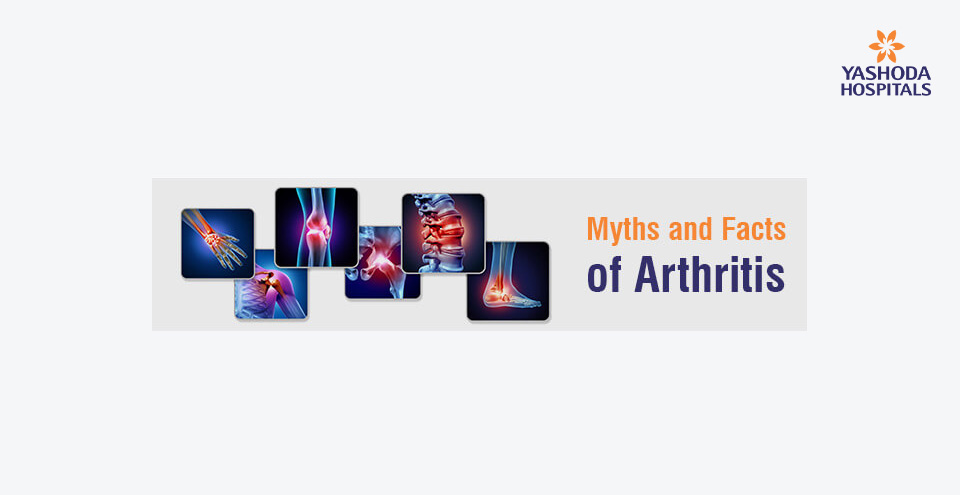
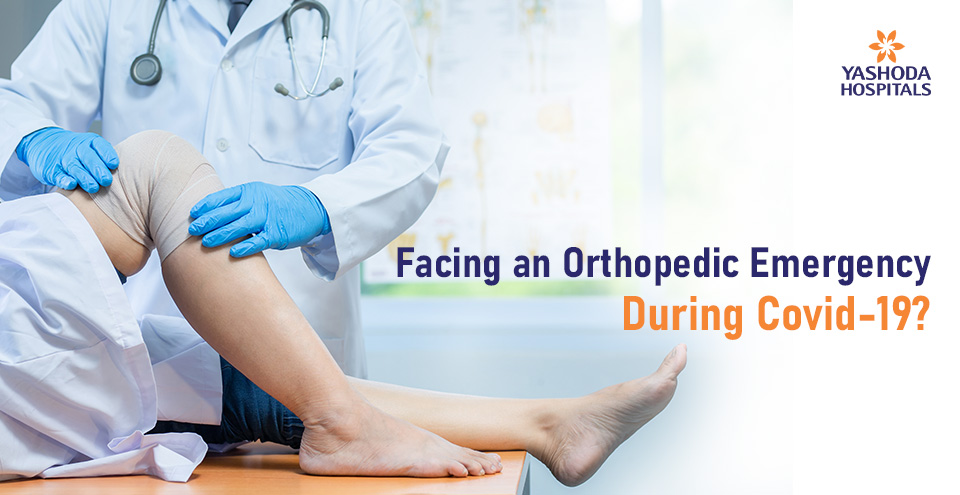
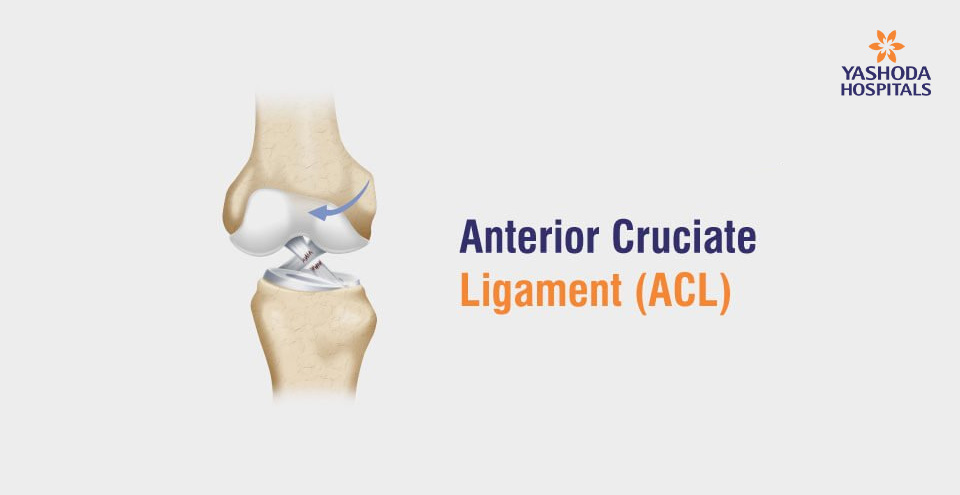
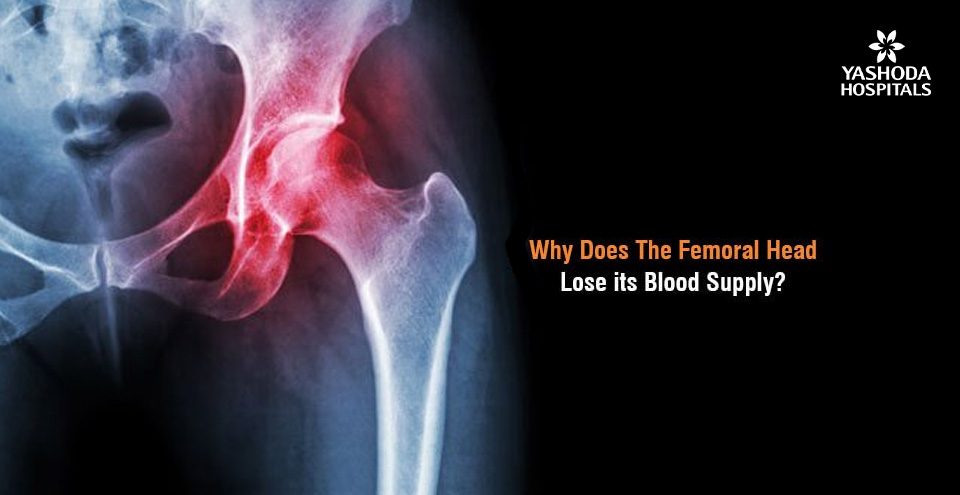
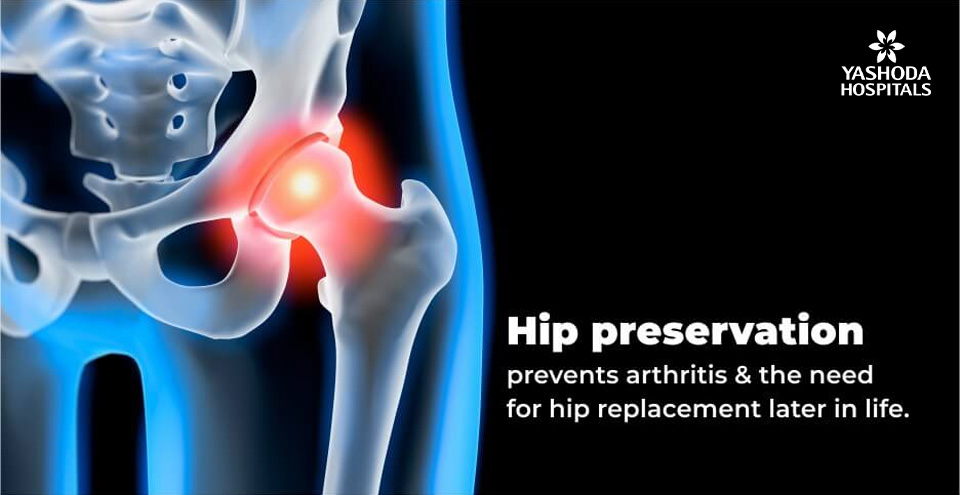

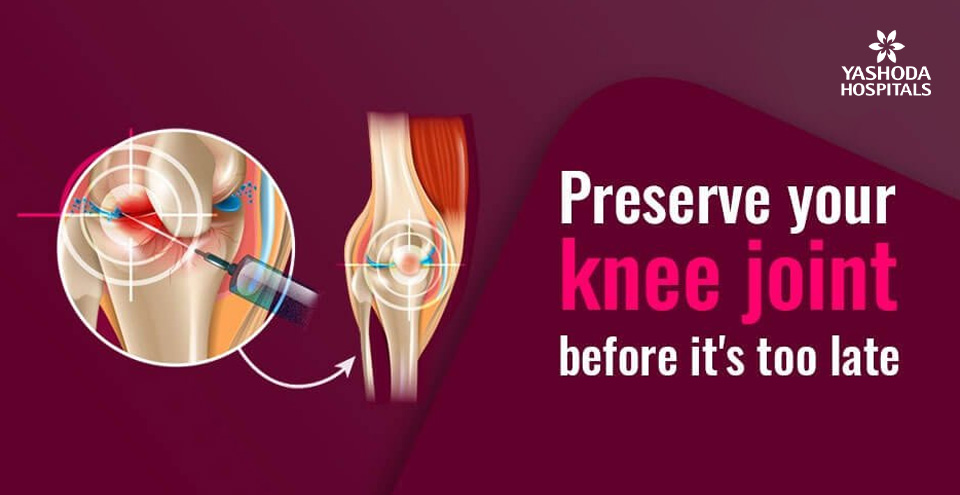
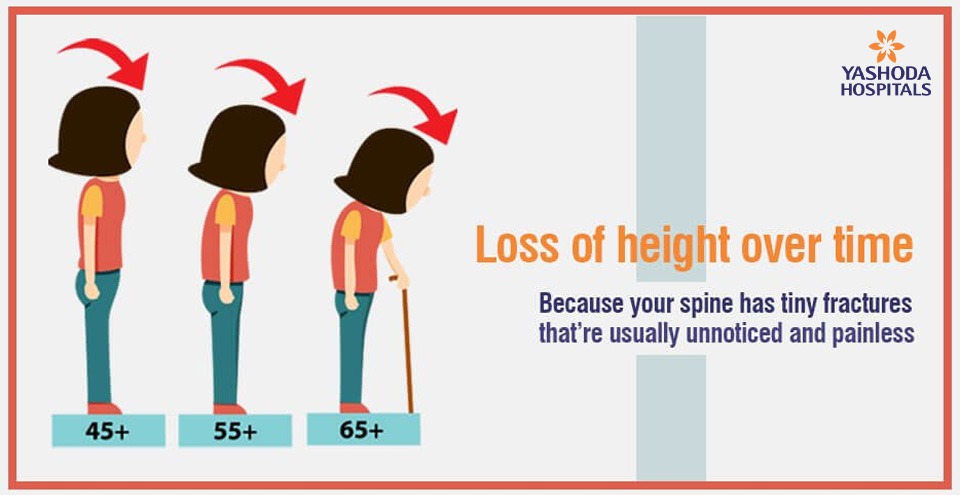
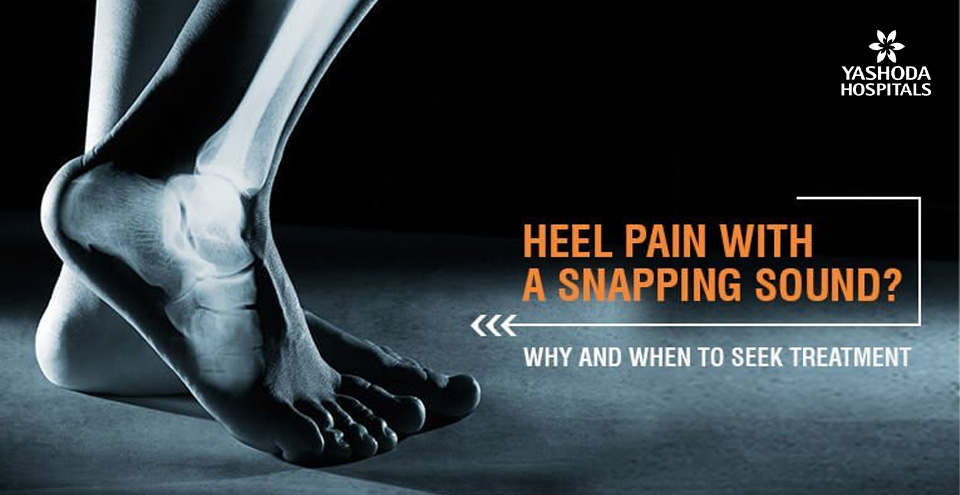

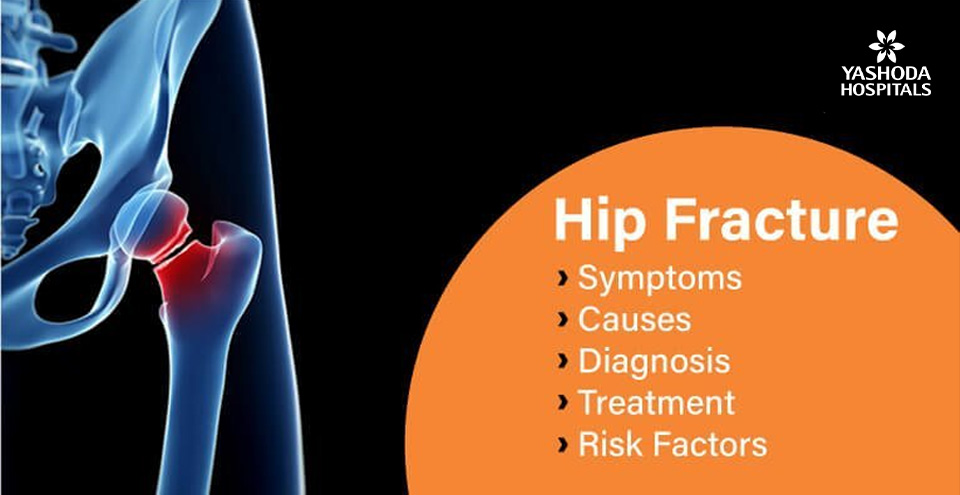





 Appointment
Appointment WhatsApp
WhatsApp Call
Call More
More